New York City; A School System Divided
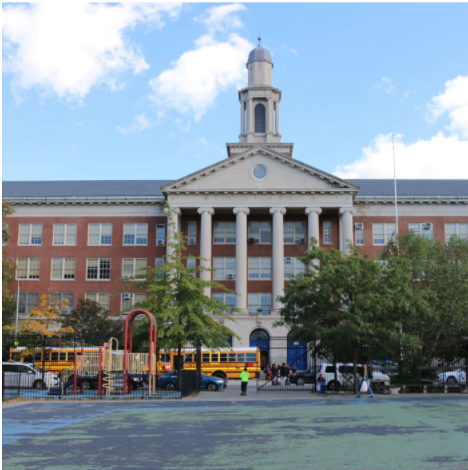
April 4, 2022
In a state where over one-million children attend school, and billions of dollars are put into its system, you would think that there would be adequate inclusion of all students regardless of their race or socioeconomic status, but you are wrong. New York State has remained one of the most segregated school systems in the country.
When you think of New York, many people envision its diversity and integration; however, these views are not reflected in its school system. In New York State, while Black children make up 24.7% of the public school system, White children only make up 14.8% (DOE At A Glance) surprisingly, diversity rates in public schools have been decreasing in New York City. These patterns are making it clear that the public school system needs to make a change.
One main issue with these public schools is the unfair zoning and districts in New York. Children are zoned based on their address and you are normally zoned in schools within two miles of your address. This causes large disparities in education since schools in high income neighborhoods receive much more resources and funding than those in lower income neighborhoods. Since many low income families cannot afford to go to schools outside of their zones, they have no choice but to stay in their underfunded school.
Not only are the zoning of schools an issue for children of different socioeconomic backgrounds, but the New York State highschool application process has also proved to have many discriminatory outcomes. Stuyvesant High School has been one of the main perpetrators of this. Stuyvesant is a difficult highschool to get into that requires the SHSAT (Specialized High School Admissions Test) to get in. They accept 750-800 students and in 2019, only seven of them were Black (Eliza Shapiro, “Only Seven Black Students Got Into Stuyvesant, N.Y’s Most Competitive High School, Out of 895 Spots”, New York Times, 4/29/2019).
This caused many New York families to be outraged and was covered by prominent news sources. You would think that Stuyvesant had learned their lesson but no, in 2021, they once again only accepted eight black teenagers into their school.(Eliza Shapiro, “Only 8 Black students Are Admitted to Stuyvesant High School” New York Times 4/29/2021) This is an ongoing problem and one that I personally believe could be drastically changed if politicians only dared to utter the words “integration” and “segregation.”
The school system is very damaged, there is no question about it. The question of whether this problem is reversible has a simple answer with a less simple solution. Integration is achievable, but only with the help of our higher up officials, such as the mayor. Former Mayor Bill De Blasio did make some changes and enact new rules to promote integration, including making middle schools unable to look at grades and attendance when considering who to let into their school, and removing the gifted and talented program from schools (Michael Elson-Rooney, “NYC school integration advocates urge Mayor de Blasio to make admissions reforms” (Daily News 8/23/2021).
The gifted and talented program was a way of segregating children since they typically accept predominantly White children and a small number of Black children. This program is a way of making other kids feel like “the other ” and pitting them against one another. With improvements like the type the former mayor has enacted, integration has already increased, which shows why politicians and people such as the mayor have the strongest role in making a change in NYC schooling.
To describe the gifted and talented program in one word: polarizing. While it’s true that the gifted and talented program gives more advanced students more rigor that they wouldn’t receive in other classes, and has been proven to motivate students and help them create positive futures for themselves (“Why Are Gifted Programs Needed?” National Association for Gifted Children), it definitely has its faults. The gifted and talented program has a lot of potential to be something very positive in New York City schools, but there is still a lot of work to be done to make sure that it is an integrated program where our children have the opportunity to thrive and be challenged in school.
New York City has one of the largest school systems in which there should be a universal goal of making sure that our future generations are equally educated and ready to tackle the world on their own. Despite this, here we are, a city divided. The lack of concern about minorities who are left behind in the school system because of segregation is a result of people not caring enough about the issue to make a change. If more privileged families involved themselves in this issue, and the mayor put more money into the school system, rather than taking it out, this long standing issue could finally reach some kind of resolution.
https://www.schools.nyc.gov/about-us/reports/doe-data-at-a-glance
https://www.nytimes.com/2021/01/29/nyregion/nyc-mayoral-race-school-segregation.html
https://gothamist.com/news/new-yorks-schools-are-still-the-most-segregated-in-the-nation-report
https://www.future-ed.org/state-education-funding-concentration-matters/




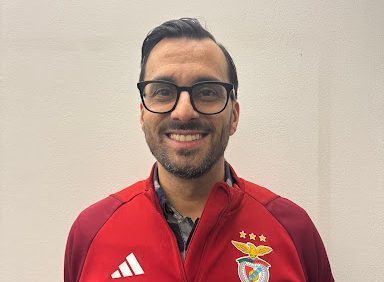






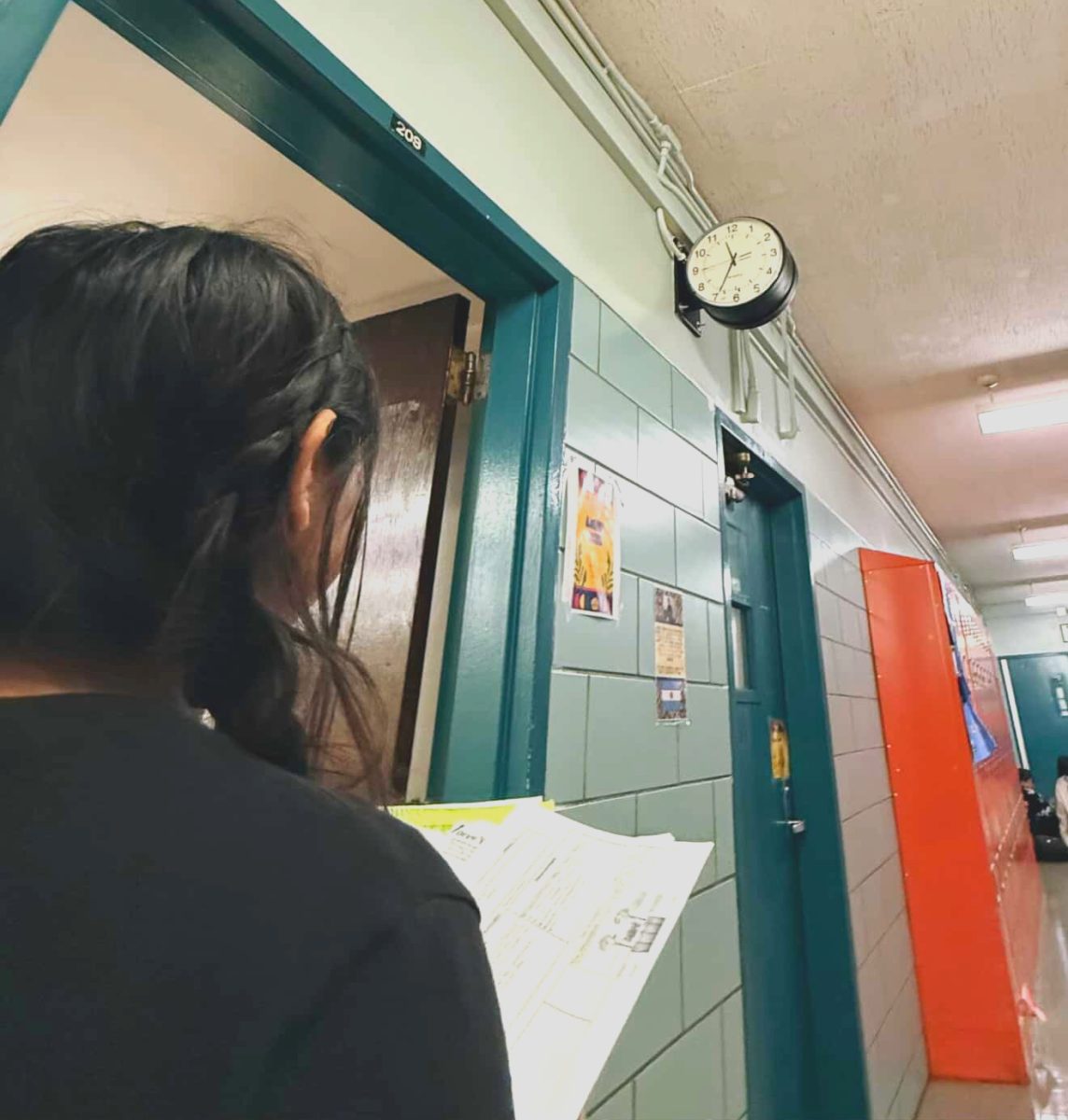
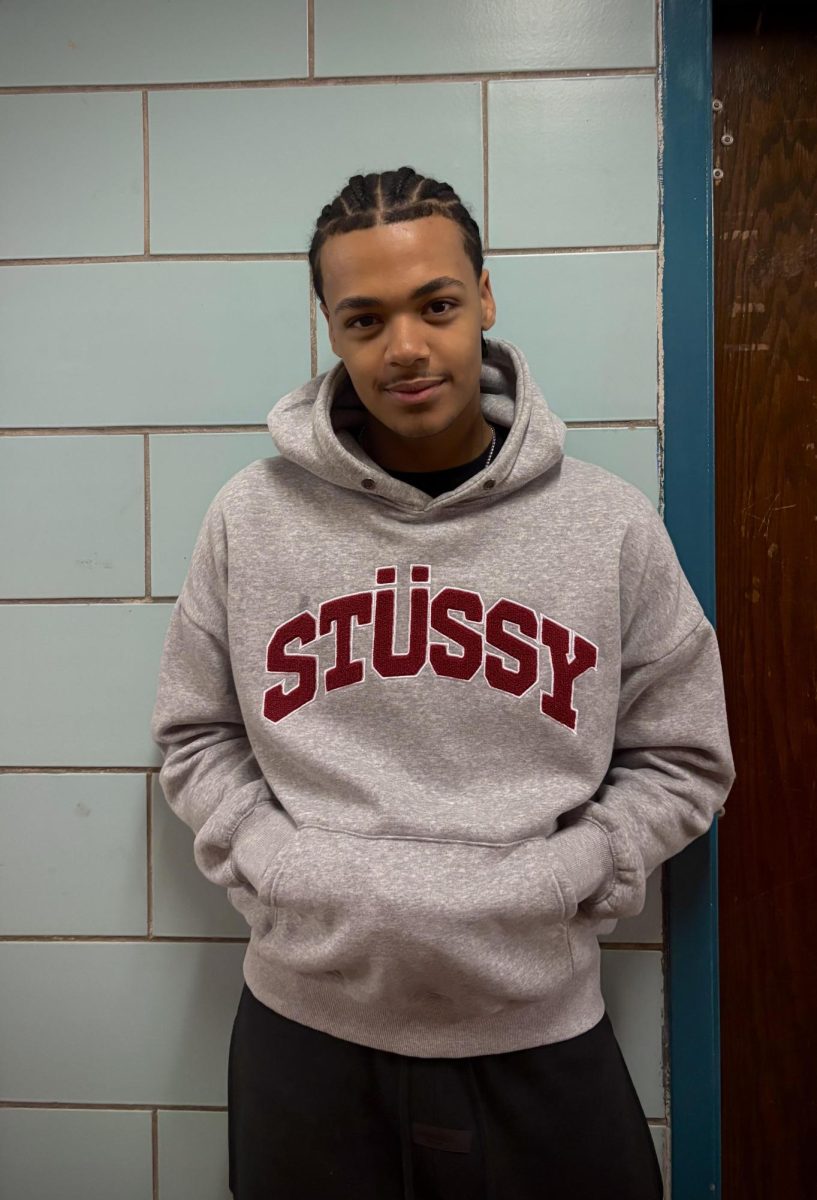
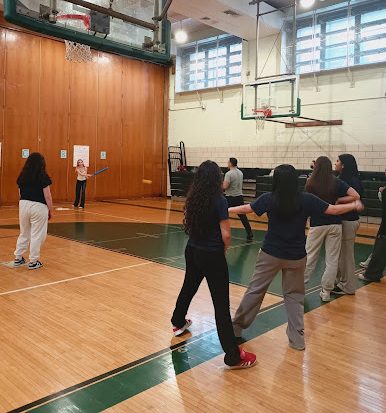

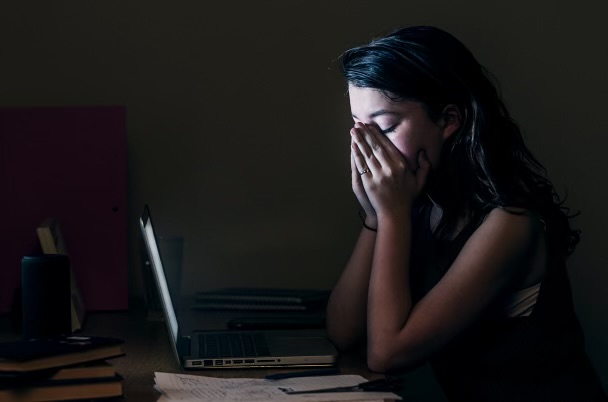






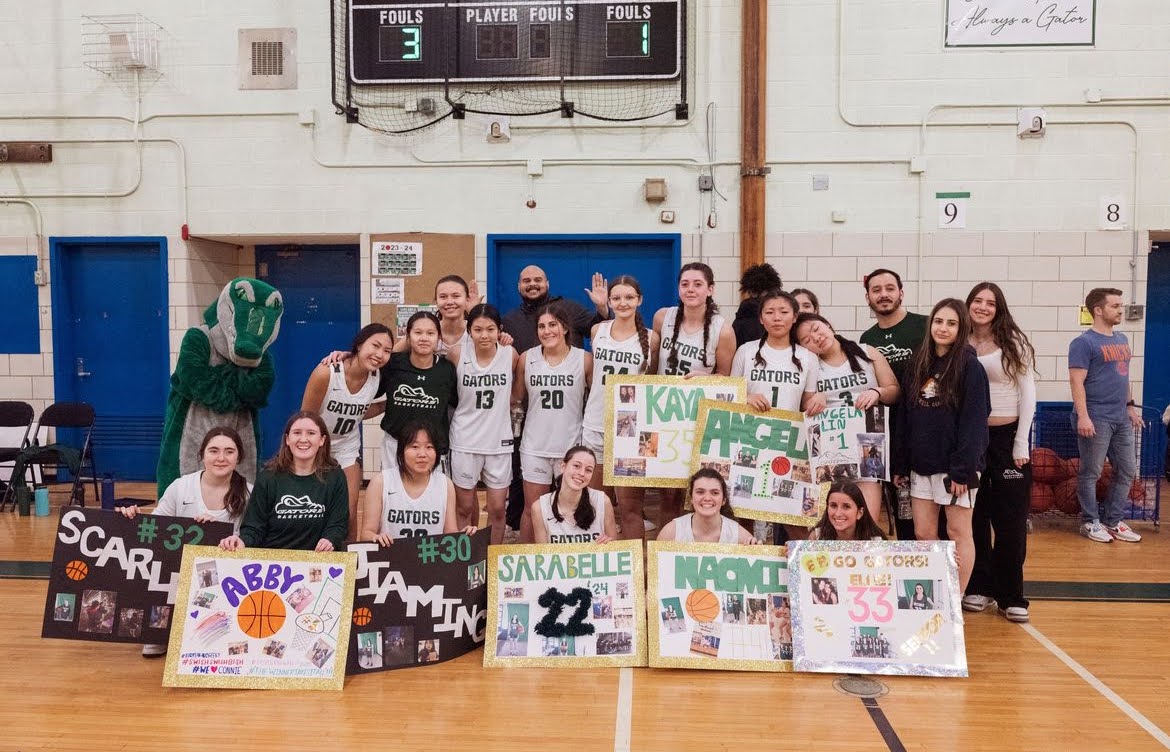


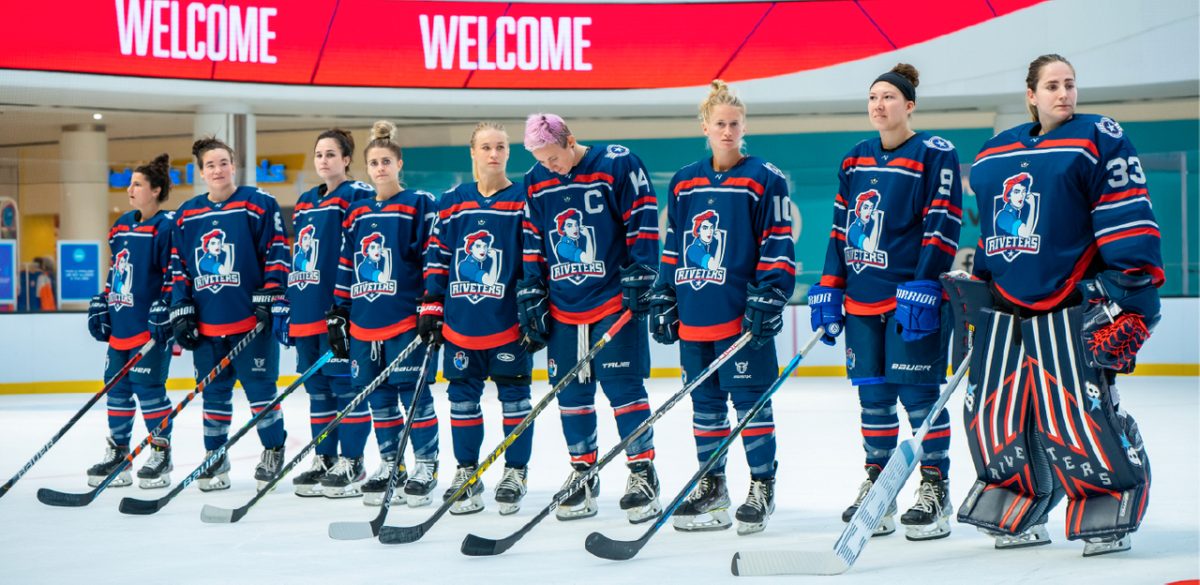
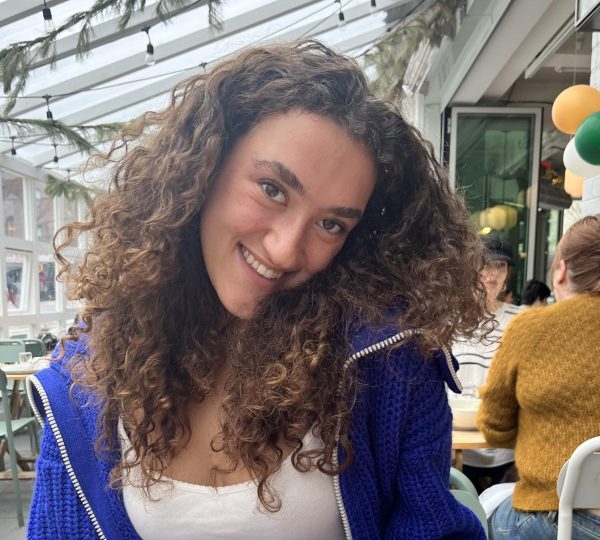
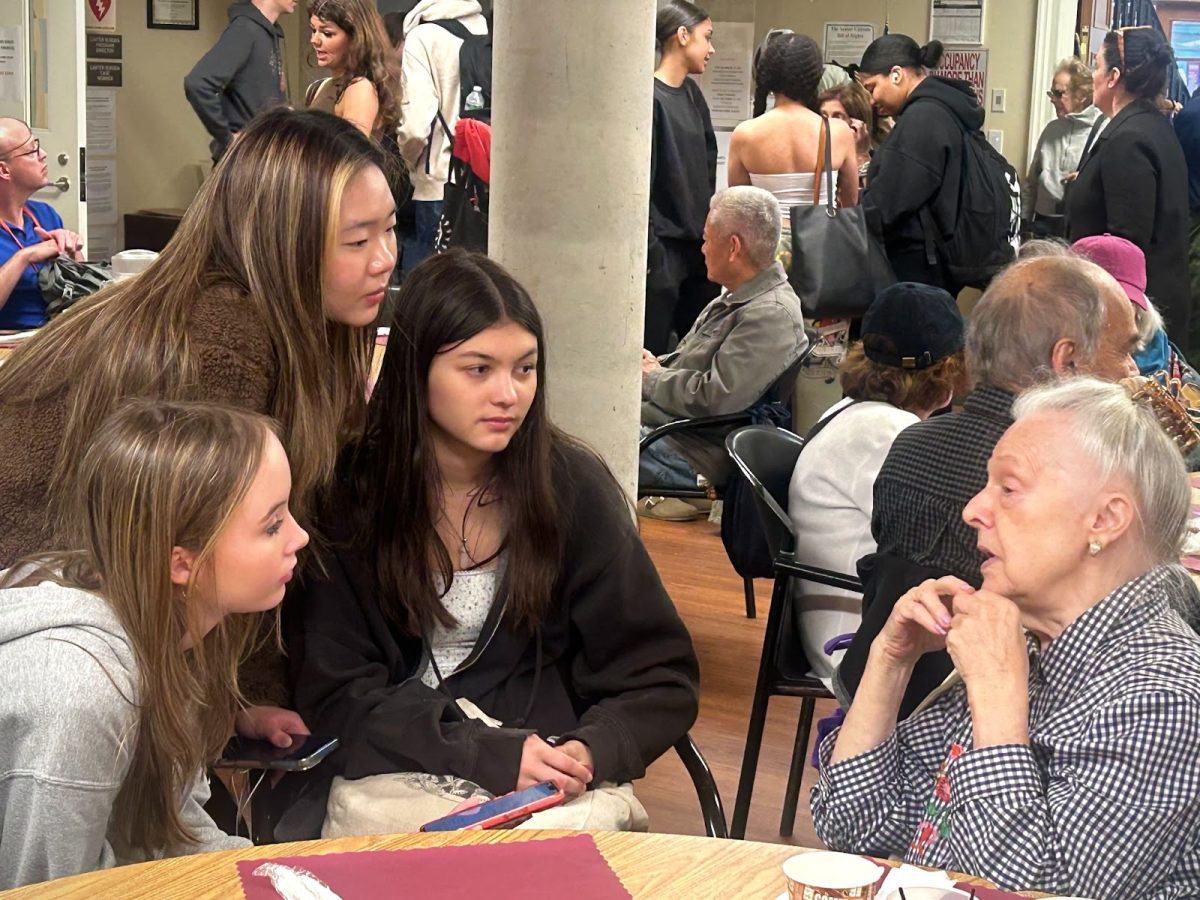
Scarlett • Apr 7, 2022 at 9:01 pm
I didn’t know that about Stuyvesant this is very awakening, can’t believe how corrupt our school system is